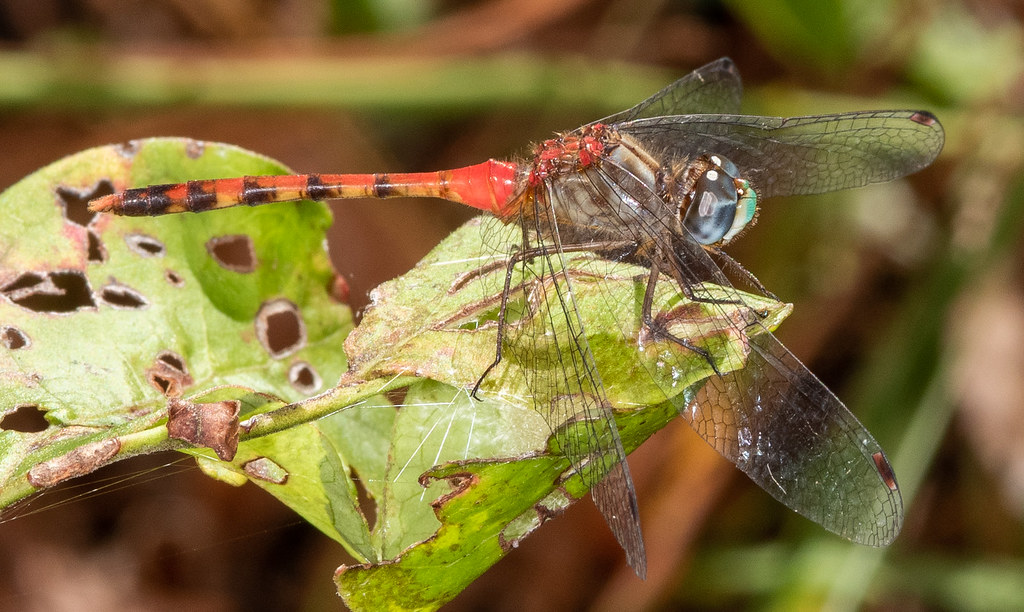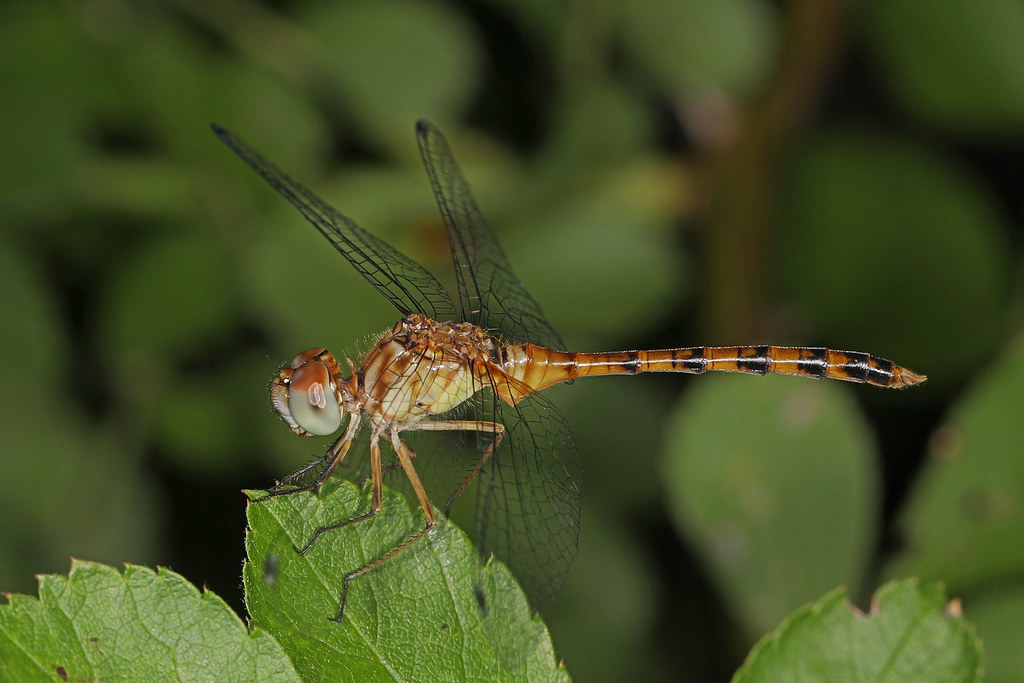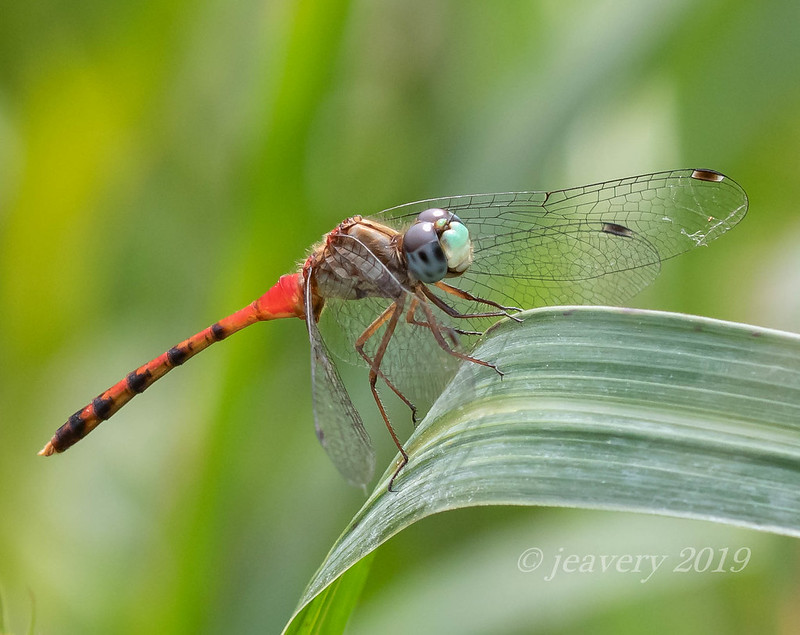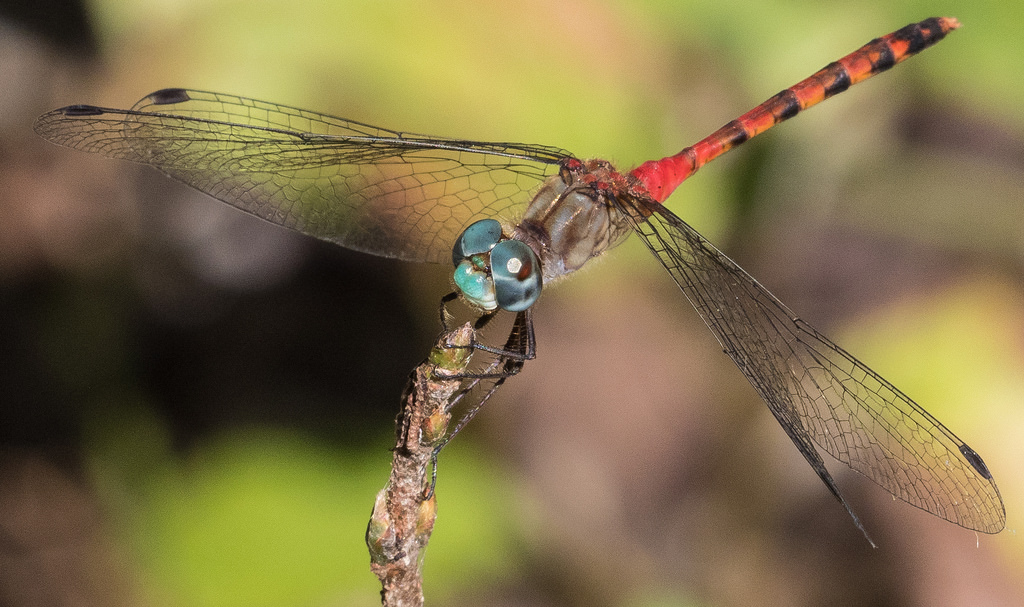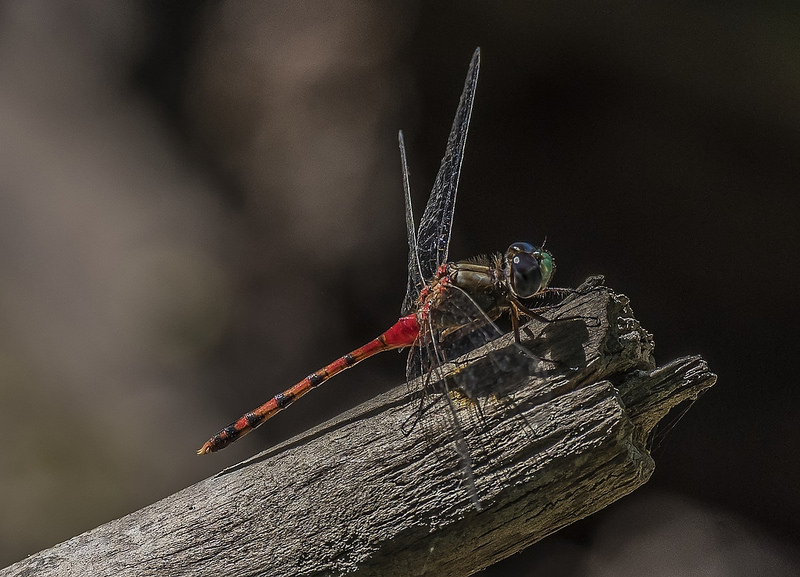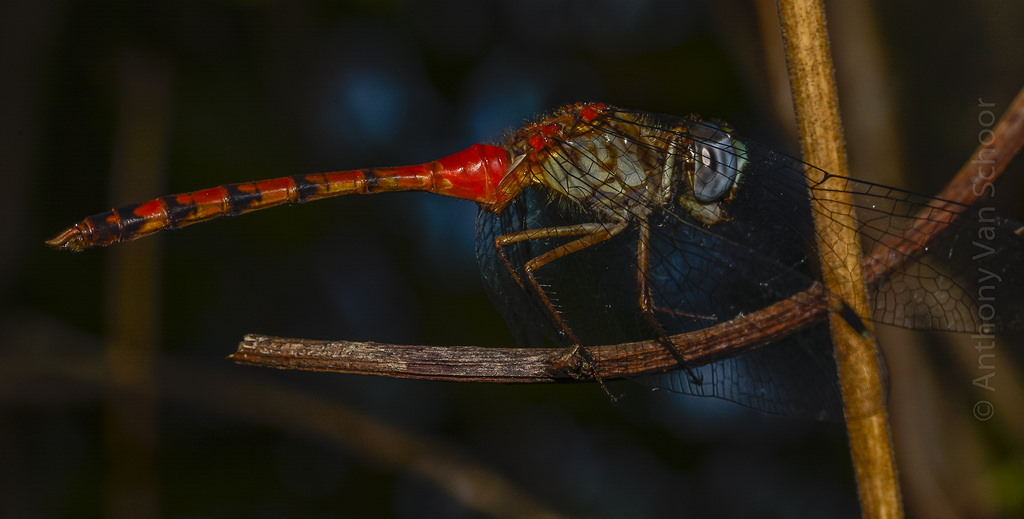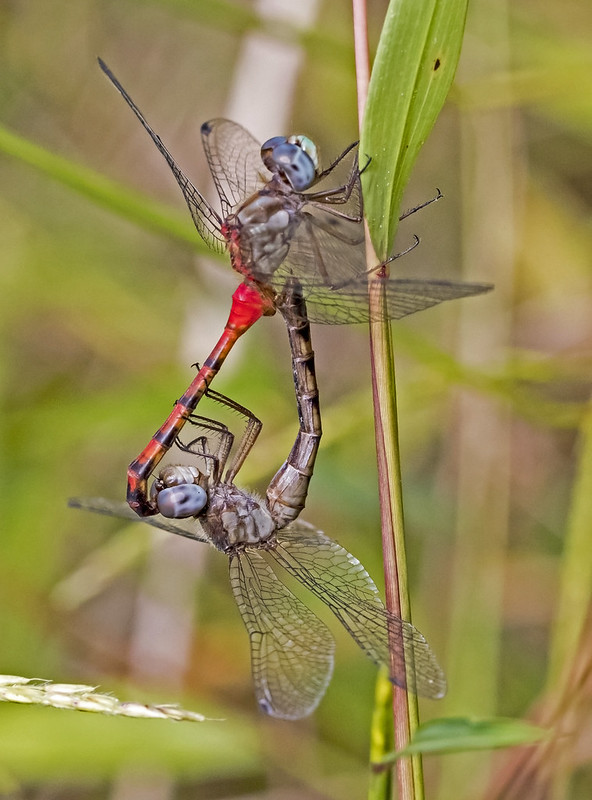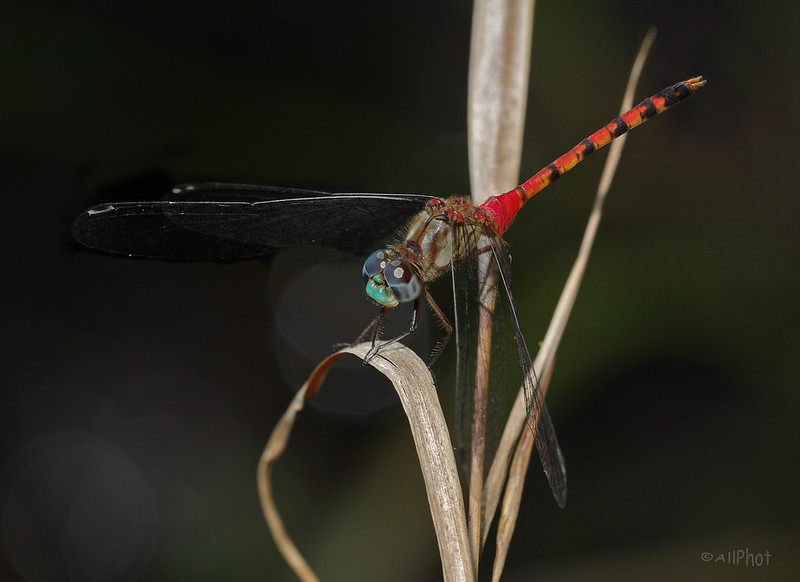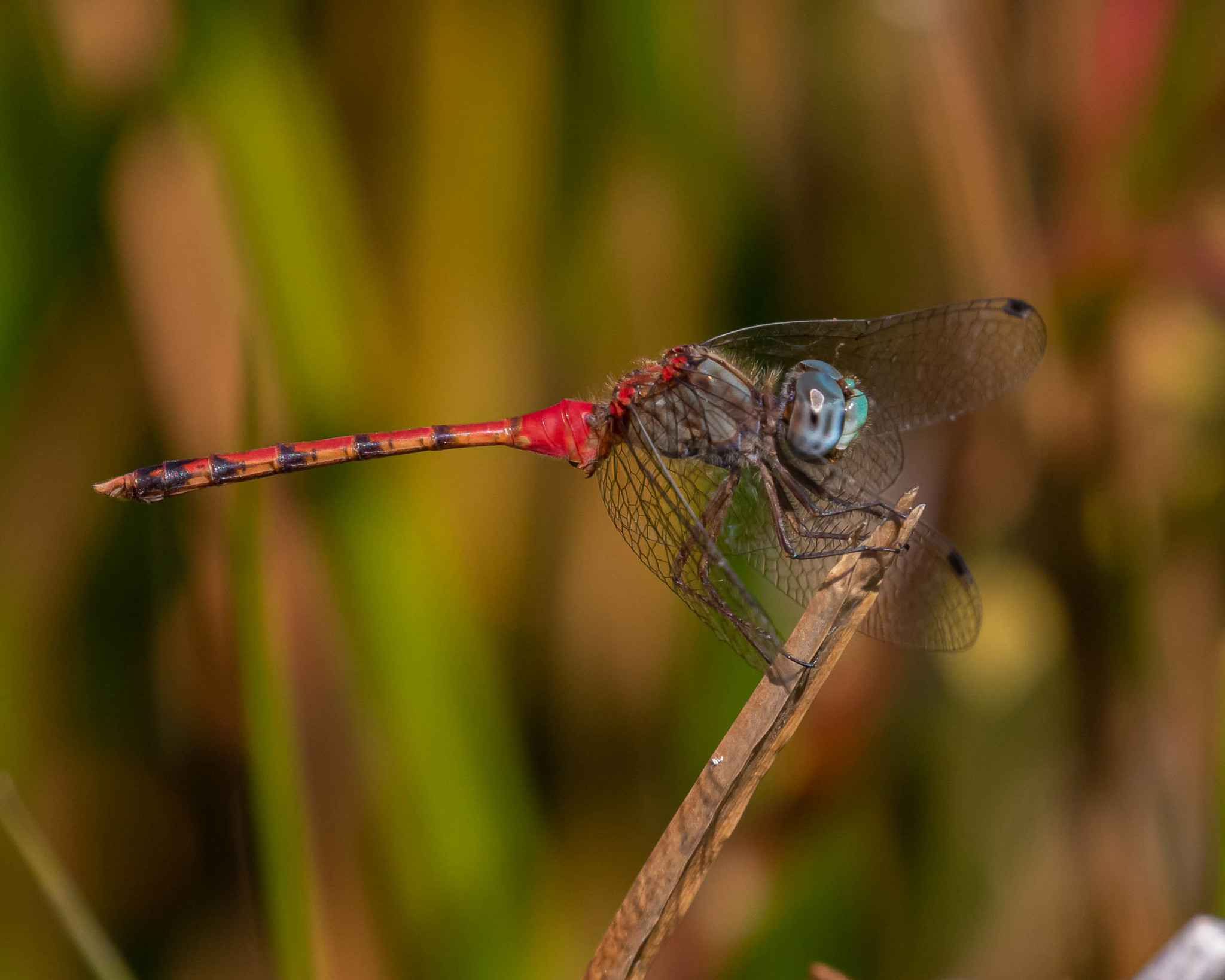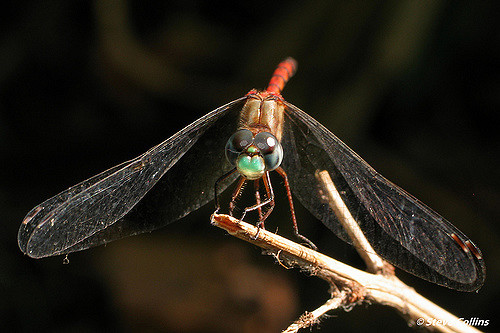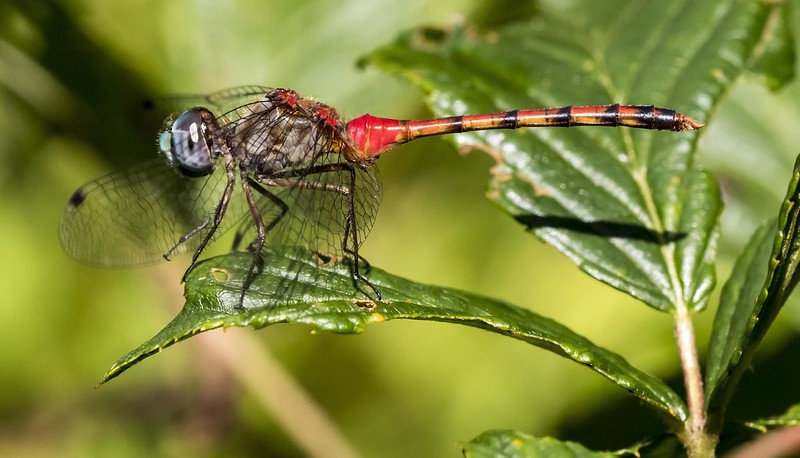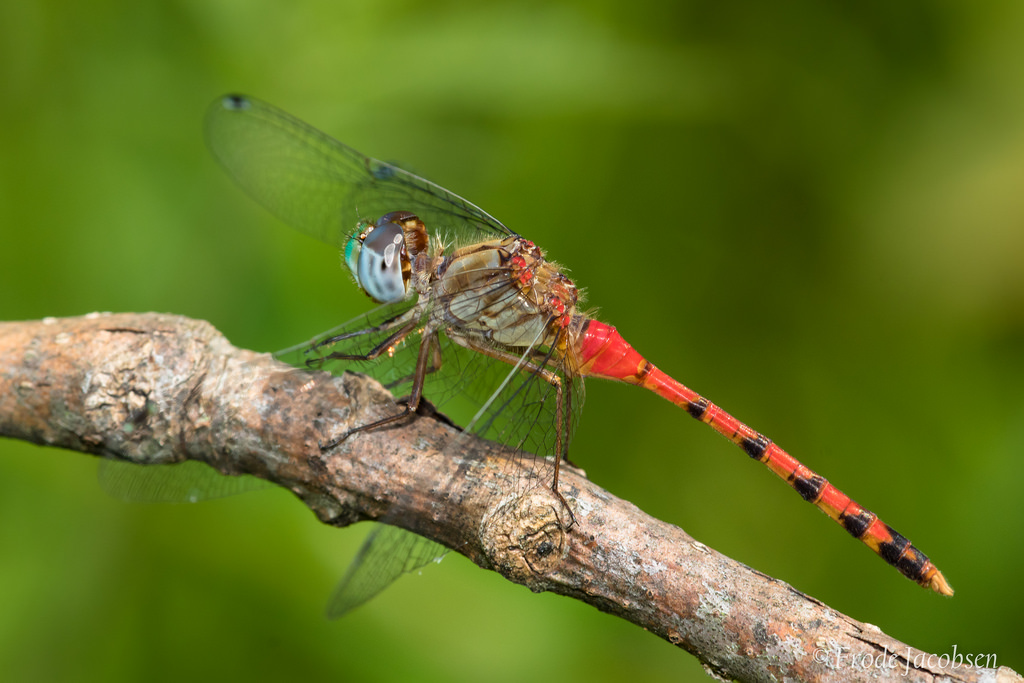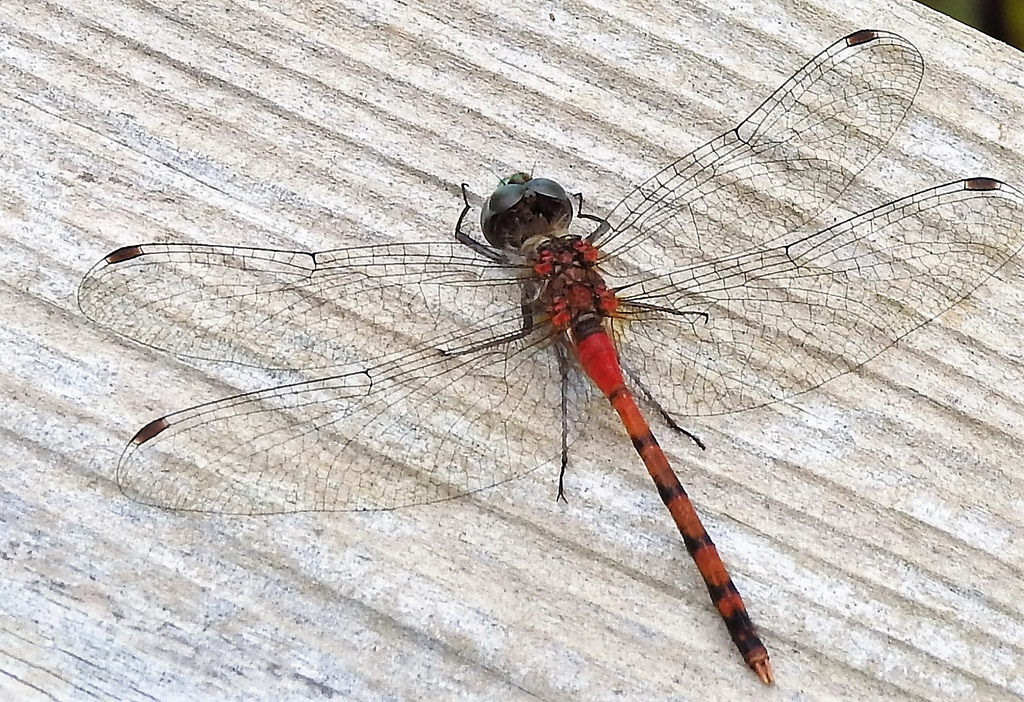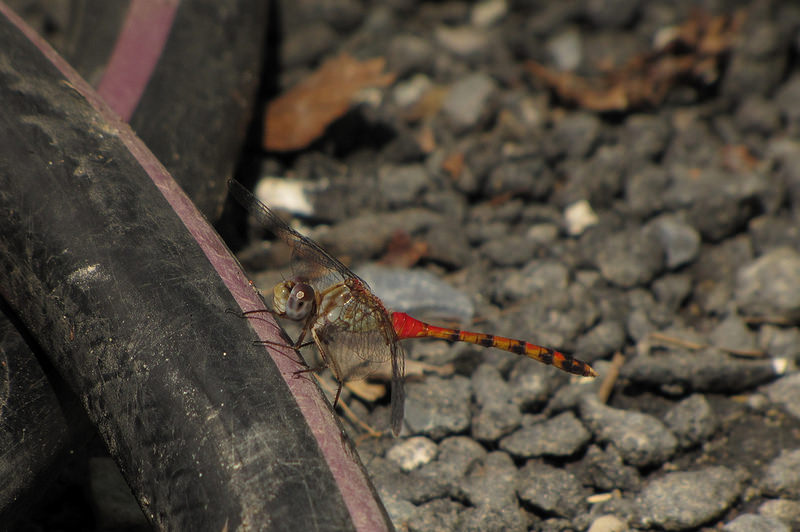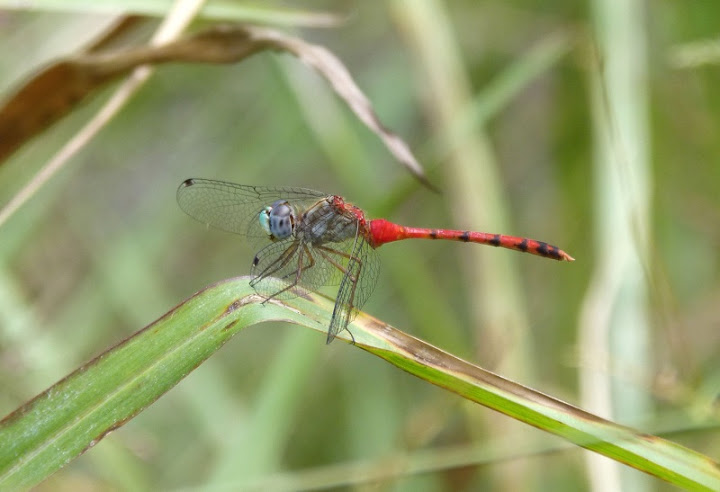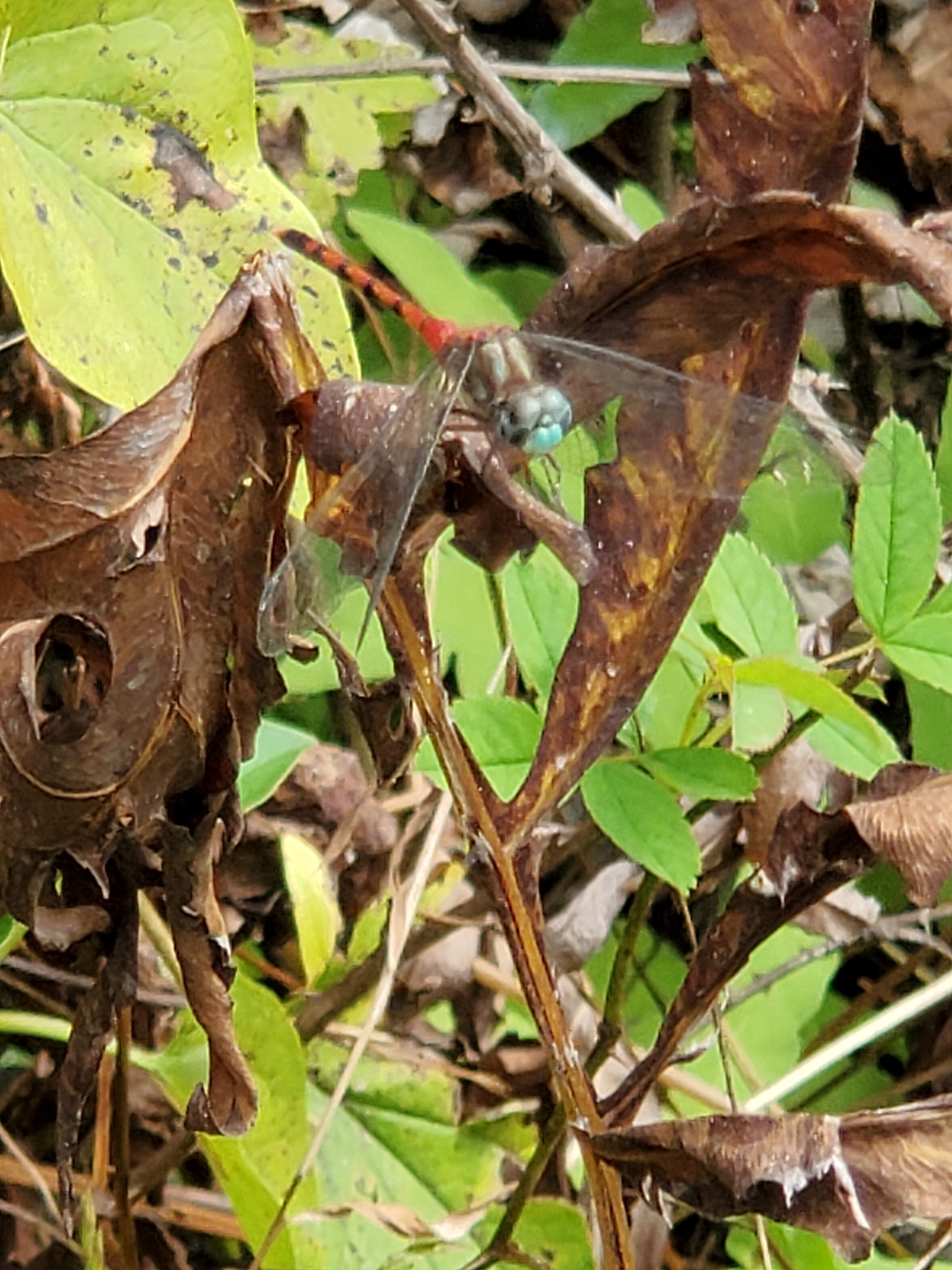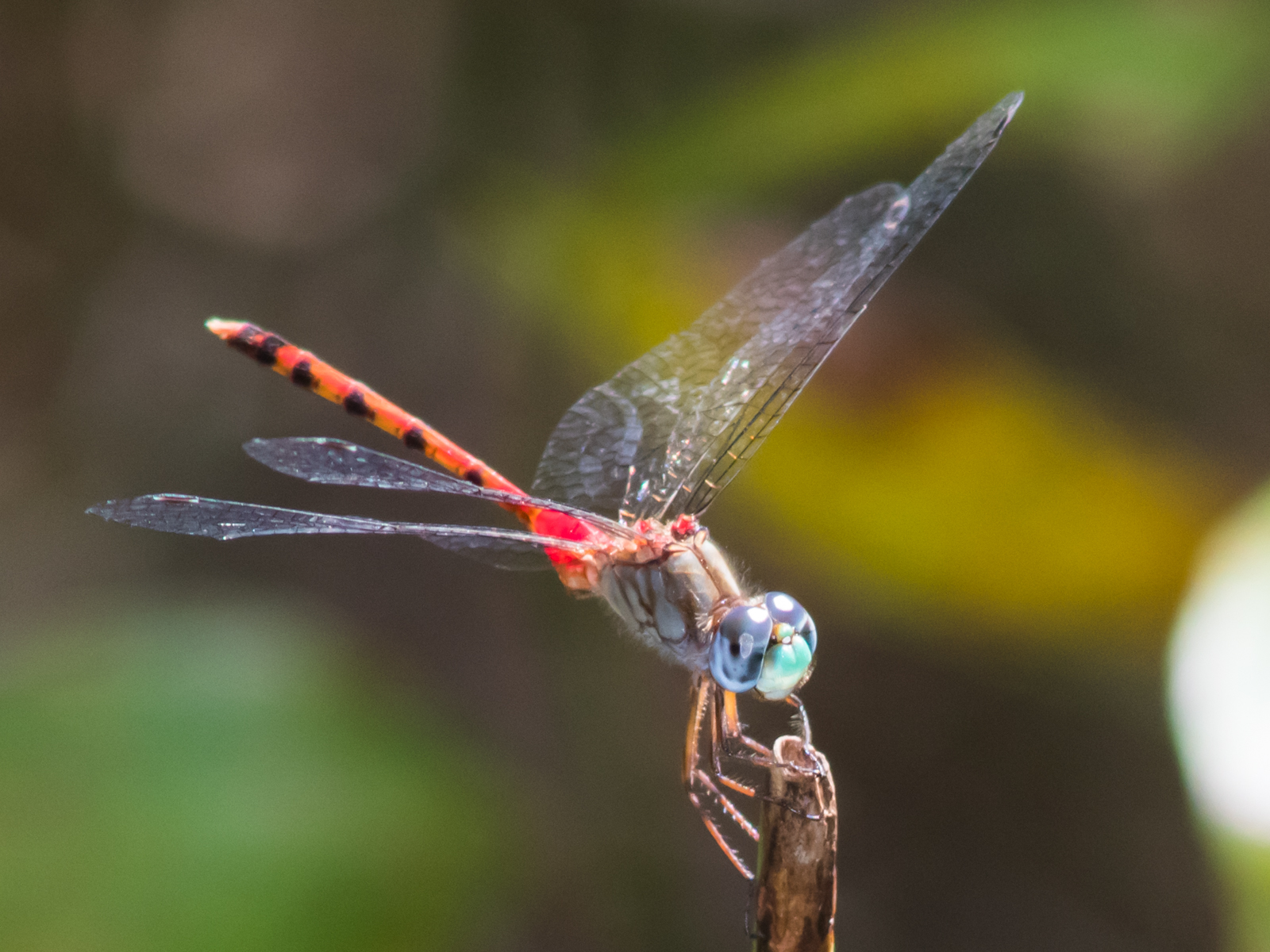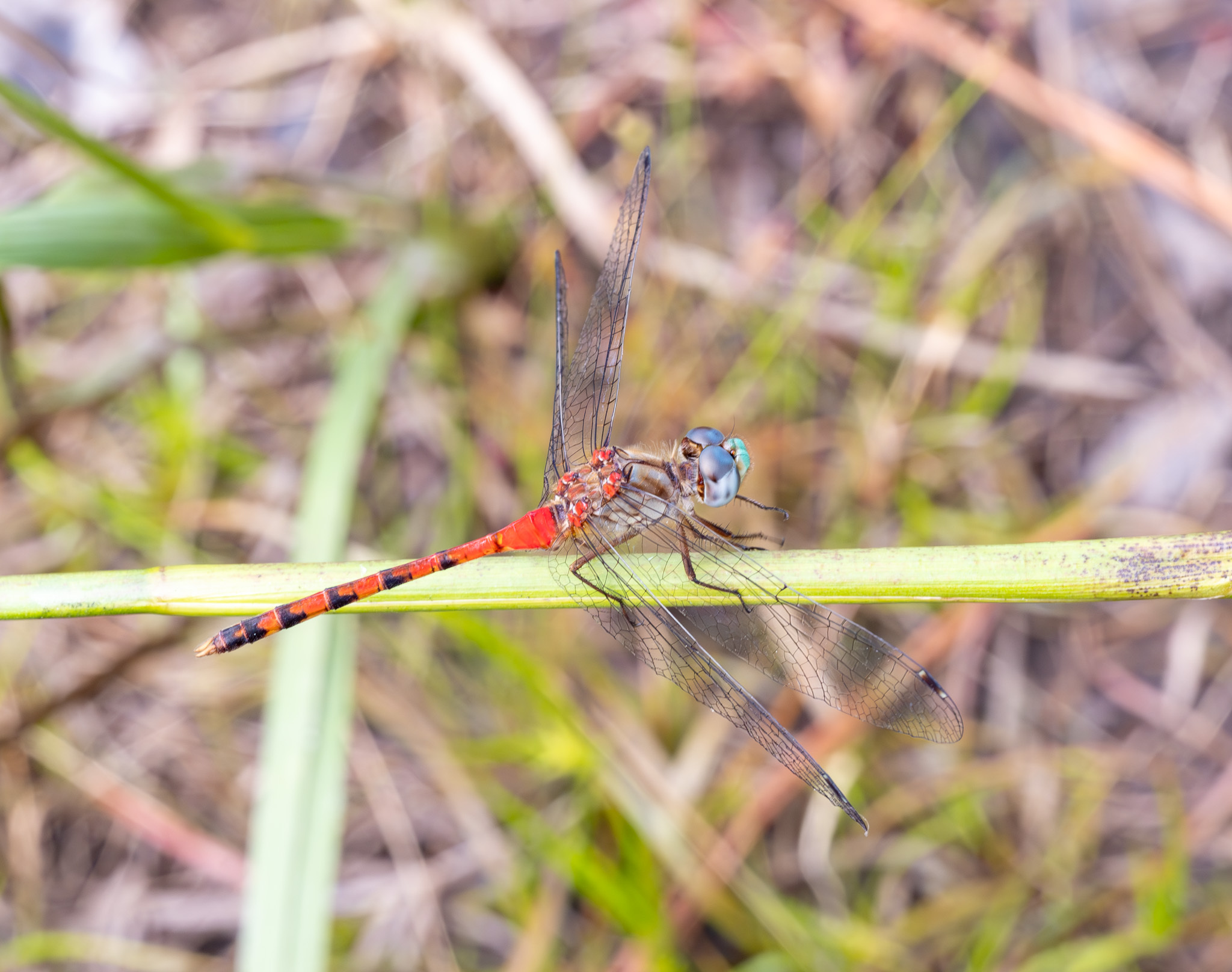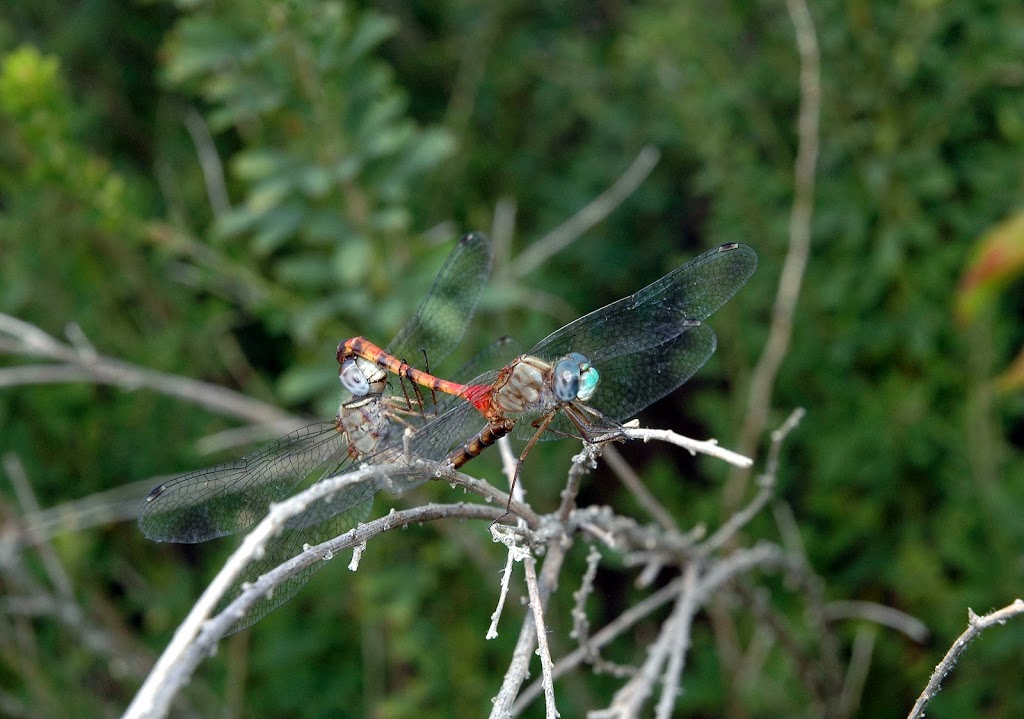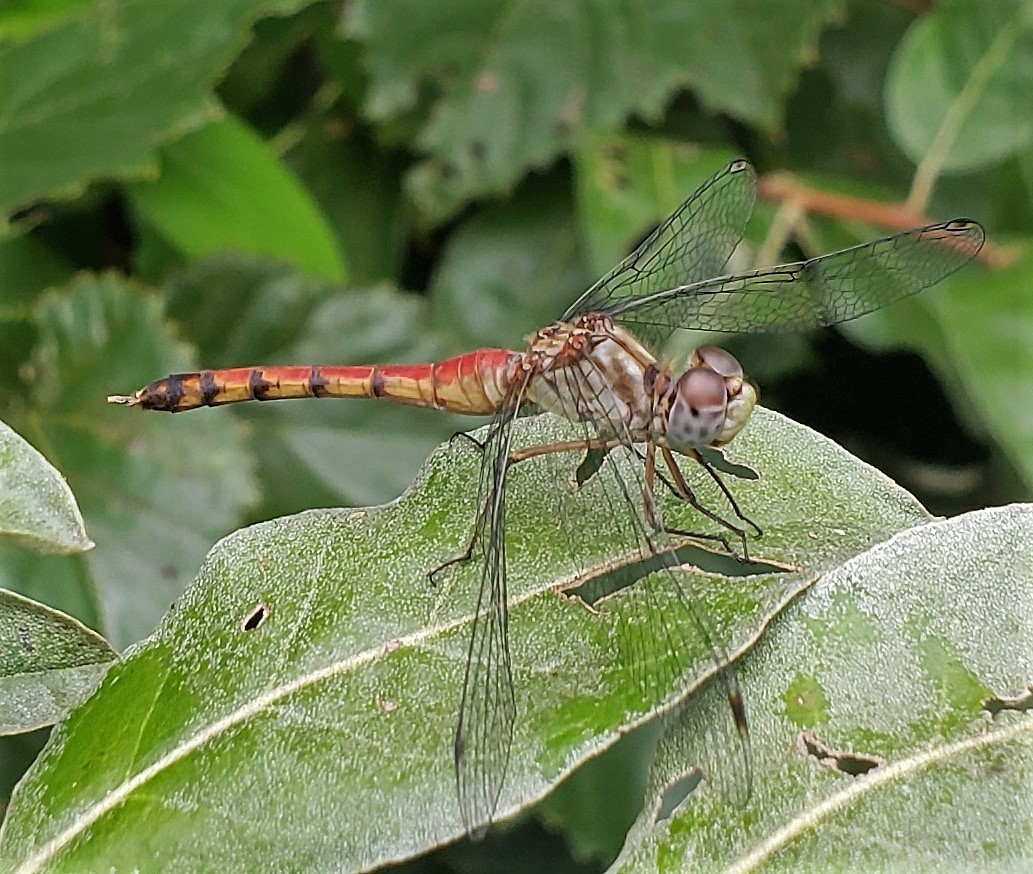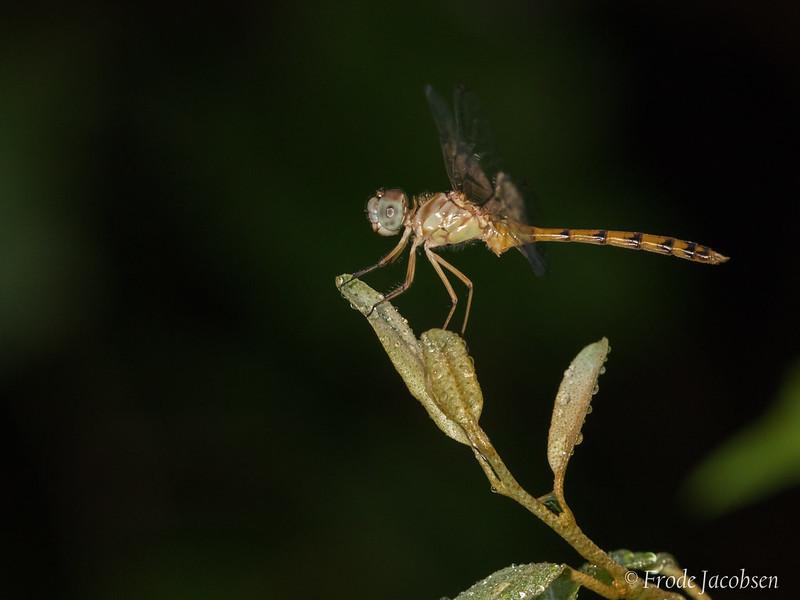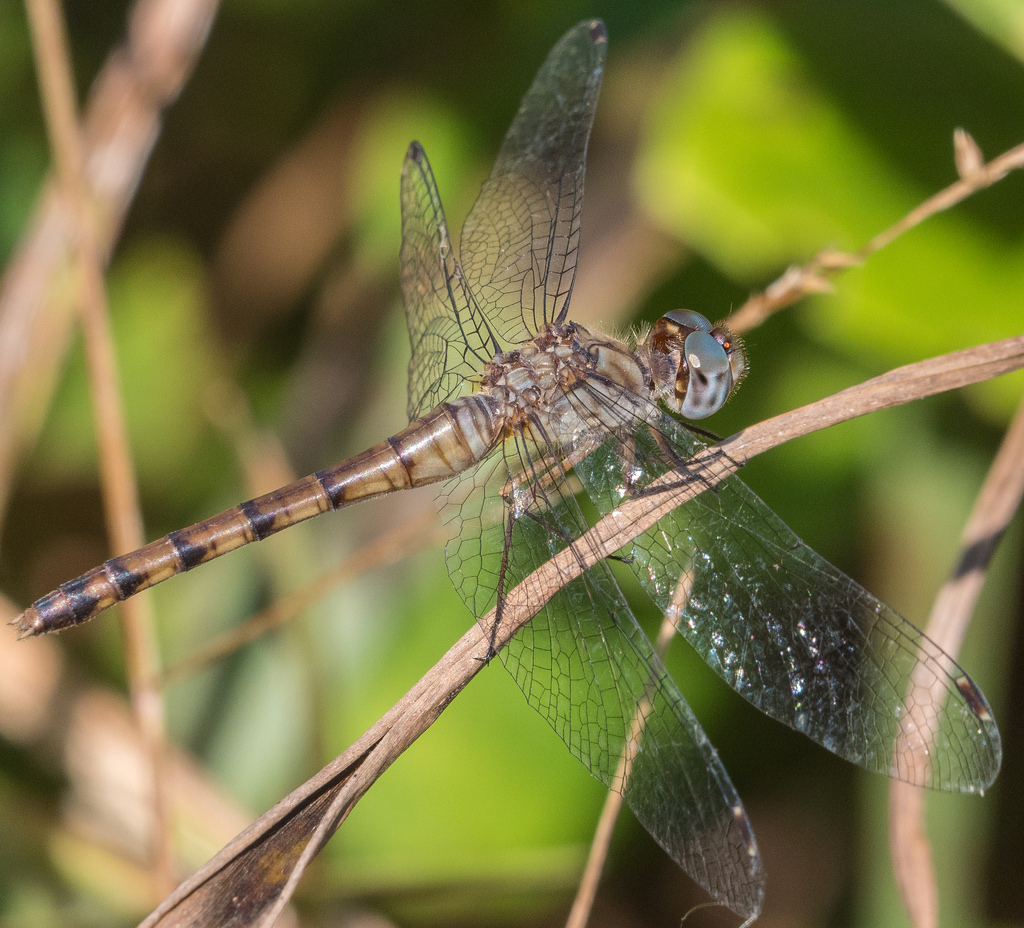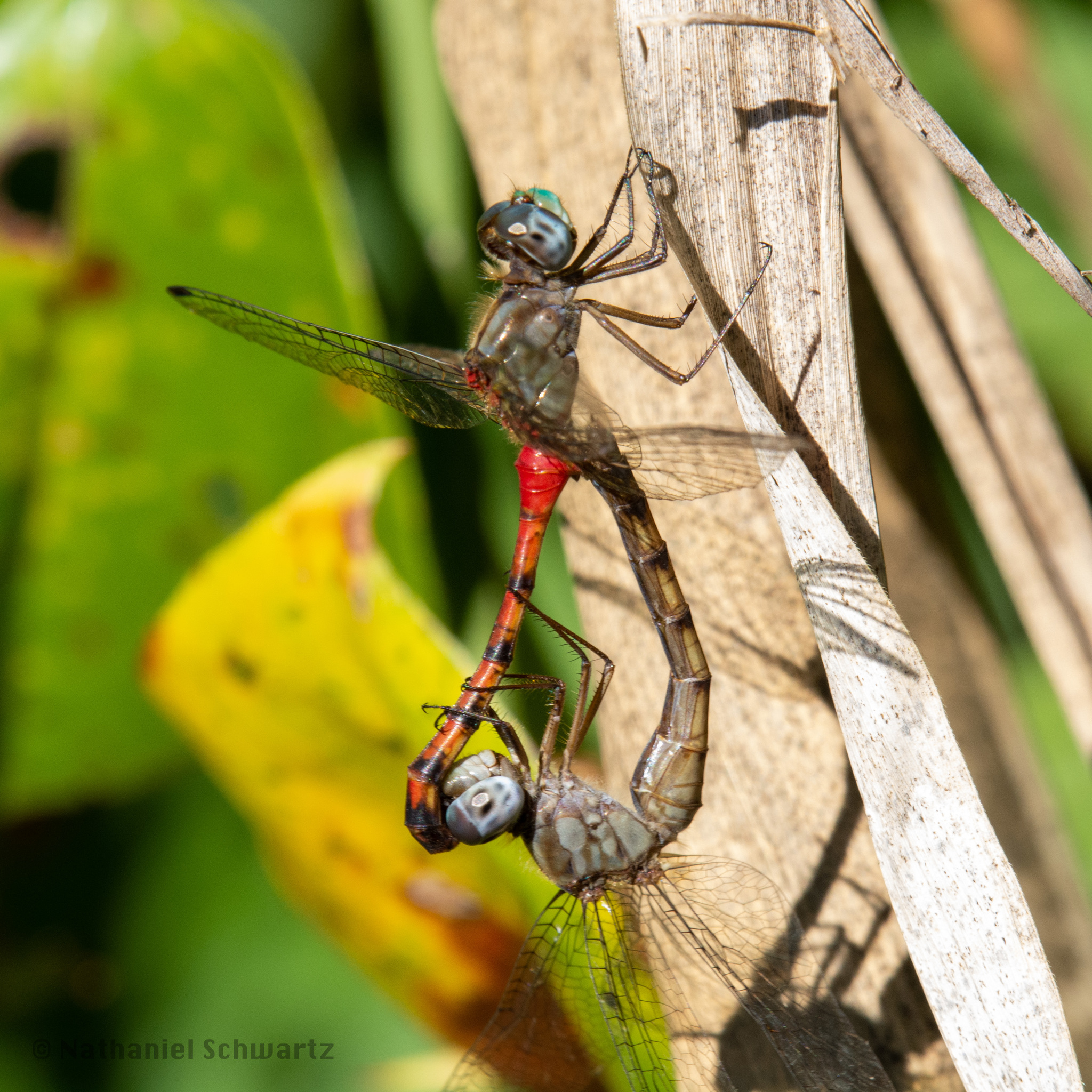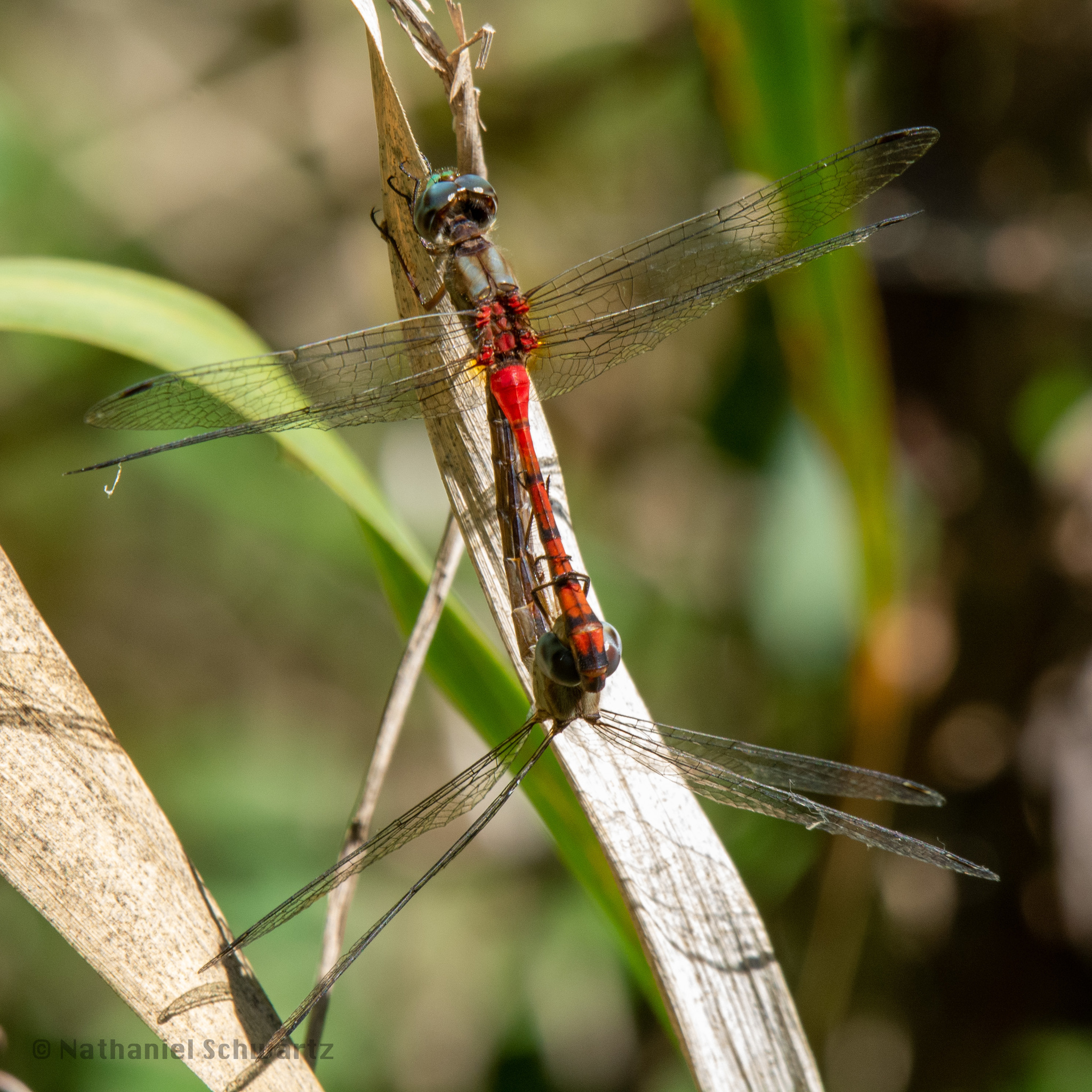Map Snapshot























253 Records
Status
The brightly colored Blue-faced Meadowhawk (Sympetrum ambiguum) ranges through much of the south, northwards into the Mid-Atlantic region. This dragonfly tends to prefer ponds, including vernal pools and slower sections of creeks, and is strongly associated with forested habitats (Paulson, 2011). Blue-faced Meadowhawk is fairly common in Maryland (Richard Orr's The Dragonflies and Damselflies of Maryland and the District of Columbia), and has been recorded from a wide range of counties, primarily from the coastal plain and Piedmont regions. It can sometimes be sporadic in occurrence, and is ranked as S3 (watch list species).
Seasonality Snapshot
Source: Wikipedia
| Sympetrum ambiguum | |
|---|---|

| |
| Scientific classification | |
| Domain: | Eukaryota |
| Kingdom: | Animalia |
| Phylum: | Arthropoda |
| Class: | Insecta |
| Order: | Odonata |
| Infraorder: | Anisoptera |
| Family: | Libellulidae |
| Genus: | Sympetrum |
| Species: | S. ambiguum
|
| Binomial name | |
| Sympetrum ambiguum | |
Sympetrum ambiguum, the blue-faced meadowhawk, is a dragonfly of the family Libellulidae.
Description
[edit]The aqua blue face of the blue-faced, green/turquoise when dead meadowhawk may not be obvious to a casual observer, but it is an important field mark distinguishing it from similar-looking meadowhawks in the genus Sympetrum, such as Sympetrum vicinum. This small dragonfly reaches a maximum total length of 38 mm. The thorax is grayish or olive brown. A mature male has a bright red abdomen, with black stripes; in females and juveniles, it remains brown. Both genders have six black rings on their abdomens. They can be found from summer through fall in Midwest North America close to water sources.[3]
References
[edit]- ^ Paulson, D.R. (2017). "Sympetrum ambiguum". IUCN Red List of Threatened Species. 2017: e.T165006A71148473. doi:10.2305/IUCN.UK.2017-3.RLTS.T165006A71148473.en. Retrieved 26 July 2023.
- ^ "Sympetrum ambiguum". Integrated Taxonomic Information System.
- ^ Abbott, John C. (2005). Dragonflies and Damselflies of Texas and the South-Central United States. Princeton University Press. pp. 297–98. ISBN 0-691-11364-5.
External links
[edit]- Sympetrum ambiguum - BugGuide.Net

